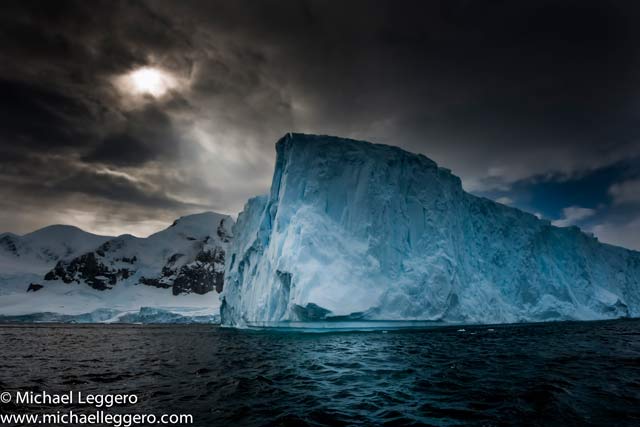
Antarctica
It’s another one of those days when the forecast calls for storms – ugh! Well, not necessarily. Nature’s thunderstorms can yield some of the best photographic opportunities, so with creativity and careful planning you can use them to your advantage. The blackness of the clouds with just a hint of light escaping through is magical.
Storms of course are all over the world, but during my travels, I’ve found the most incredible storm patterns in the western U.S. and Antarctica. Now, those specific areas might be a bit out of reach for you unless you’re planning a trip to visit those locations, so just pay attention to the weather in your hometown, near where you live or in the area of your next travels.
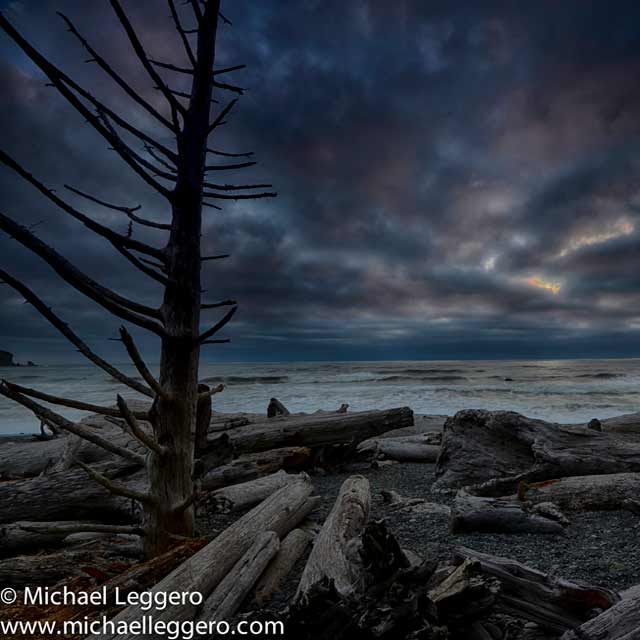
Olympic Peninsula, Western Washington
Be Prepared
Foreground subjects add interest to your storm cloud photos, so do some scouting of a variety of areas in advance – north, south, east and west. If you plan ahead and take notes of what you saw and where, you won’t have to scramble to find a great foreground elements at the moment the storm approaches a given location. Look for rock formations, fields of plants, interesting trees, water features, mountains and buildings – any object to give your image that extra punch.
Sometimes you’re going to get lucky and be in just the right place at just the right time. Otherwise, you can do some pre-planning so you know when a storm is coming your way. Keep a close watch on the weather channels, as they will pin-point pending and future storms, sometimes days and even weeks in advance. The storm will never cooperate fully with your schedule, but do the best you can.
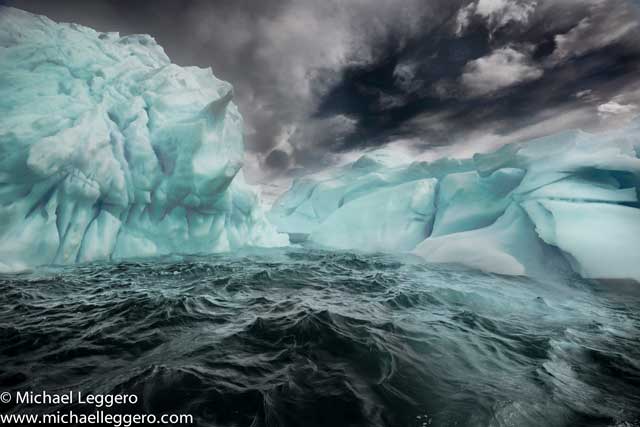
Antarctica: Withstanding rolling waters and seasickness, rough seas give an incredible foreground against the stormy clouds no matter where in the world you are or on what ocean waves you ride.
Gear
Once a storm is nearby, an iPhone with a weather channel app will be very helpful. It shows live, real time radar, along with wind speed and direction, which makes it easier for you to predict when and where the storm will reach a specific location. Now you have your foreground subjects chosen and it’s time to head out and watch those weather patterns.
The choice of lenses is up to you. Just like any other landscape photography it all depends on what part of the scene you wish to photograph – a really large area with a wide-angle lens, the portion the eyes typically see with a normal lens, or a portion or fraction of the scene with a telephoto lens.
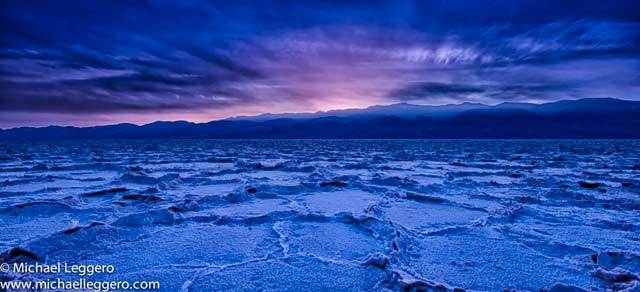
Death Valley, Eastern California
Rain Cover
Sometimes you never have to leave the safety of your car, while other times you may want to hop out of the car so you can run around to get just the right angle on those clouds (the less gear here the better). Be sure to carry a rain cover that accommodate both your camera and lens – a gallon-sized plastic bag should work just fine. And of course if you don’t want to get wet, a lightweight poncho for yourself will do.
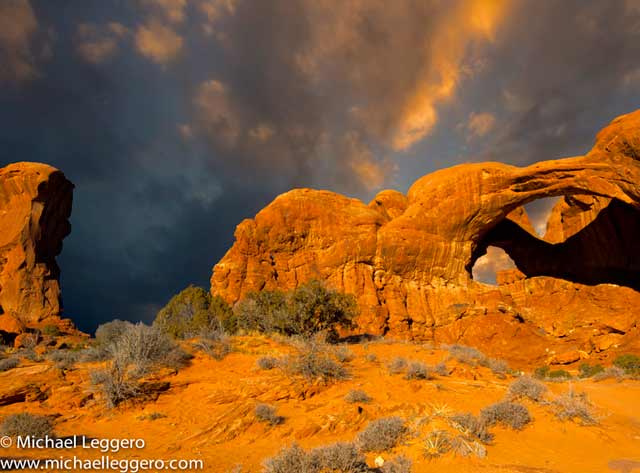
Double Arch, Arches National Park, Utah
Like with any photography, catching the light is the true key to making a great image. Be sure to know where the sun is going to be in relation to the storm, so you can get those amazing shadows on the clouds. And be prepared to make quick changes, because you may only have a few seconds before the light changes from bright and colorful to grey and gloomy. Try to stand so the sun is behind you with the storm approaching in front of you – the sun lights up everything and the background is dark and foreboding. And if the timing is right, some of the best thunderstorm images can be made at sunrise and sunset.

Antarctica
Exposure settings are actually easier than you may think. I expose for the lightest part of the scene. If you expose for the sky, then it won’t be dark and will just look downright boring. Remember, the sky is the most important part in your photo, so make sure it is emphasized. Sometimes a neutral density graduated filter can help, especially if those storm clouds appear during sunrise and sunset. I’ve tried several kinds and have found that holding the square filters in front of the lens work best.
TIP: Use the filters designed for cinematic style cameras, because they are larger and allow you to hold them without risk of your fingers getting in front of the lens.

Antarctica
Safety
Thunderstorms are dangerous. You really need to have a plan and be familiar with your surroundings. Flash floods can be common in various locations, so try to stay out of low-lying areas. Lightning is a huge threat as well; this is one time when that metal tripod is your true enemy. If you see a lightning storm getting close, get inside a building or your vehicle – DO NOT STAND UNDER A TREE! And let’s not forget about tornadoes. If you live in an area that is prone to tornados, pay close attention to those weather reports. If you see one start to form, know what measures you can take to protect yourself. Do your research and find out what to do when there are weather warnings.
Note: If you’re looking to make lighting photographs there are two methods: setting a long exposure and hoping that the lightning will appear in the frame during the exposure, or the new technology driven method, the lightning trigger, which plugs into your camera and triggers the shutter when a lightning flash occurs.
By all means, have fun making some stunning thunderstorm images, but stay safe out there.
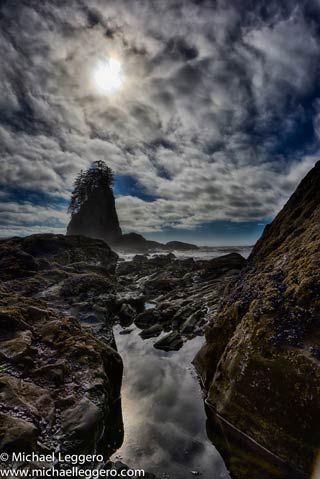
by Michael Leggero
All text & photos: © 2013 Michael Leggero. All rights reserved.

Leave a Reply